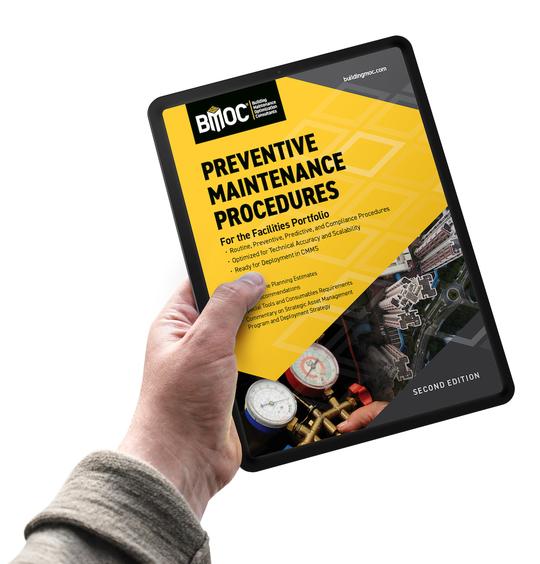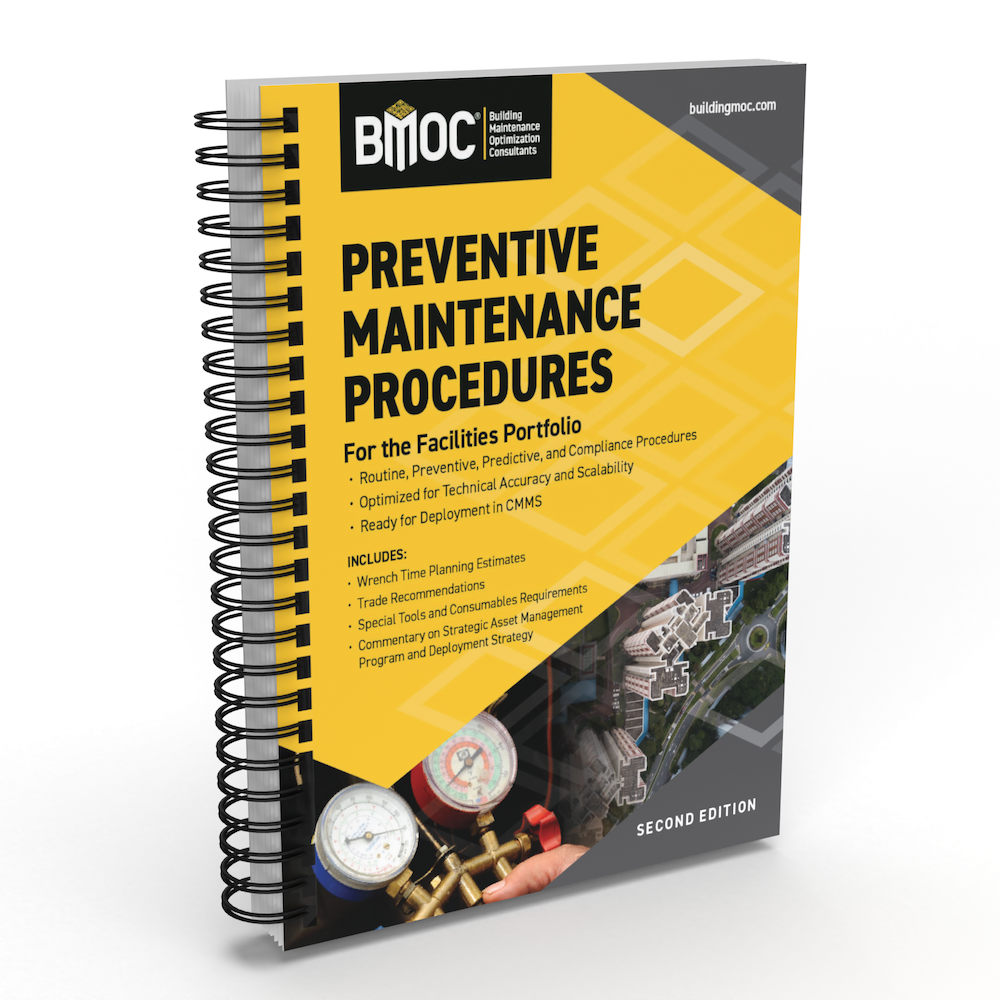- Building owner;
- Construction manager not-at-risk (CM);
- Architect; and
- Construction manager at risk or general contractor (CM/GC).
Narrowing Down The List Of Choices
The Building Commissioning Association (BCxA) is clear that the commissioning authority (CA) should be "an objective, independent advocate of the owner." The second of the BCxA's eleven "Essential Attributes of Building Commissioning" states the following:If the CA's firm has other project responsibilities, or is not under direct contract to the owner, a conflict of interest exists. Wherever this occurs, the CA discloses, in writing, the nature of the conflict and the means by which the conflict shall be managed.
The BCxA recognizes that the commissioning provider is acting as an owner's quality representative and should not have other contractual obligations that might conflict with delivering properly functioning and documented building systems. The primary "other" obligations that cause the most concern with respect to conflict of interest are responsibilities associated with budget and schedule.
The CM/GC clearly have responsibility for both the budget and the schedule, and their compensation is dependent on their meeting those goals. Their compensation is also officially dependent on meeting quality requirements.
However, the owner has much better tools and metrics to determine compliance with budget and schedule than compliance with quality expectations. To have the commissioning provider contractually reporting to the CM/GC is an obvious conflict of interest that needs to be addressed or avoided altogether.
Getting Closer
Having the architect hold the commissioning services contract is also discouraged. The architect has responsibility for budget and schedule during the design phase, but those responsibilities pale in comparison with the CM/GC's role during the construction phase. However, the architect is still held responsible for achieving quality expectations throughout the project. If the commissioning provider is being paid by the architect and the commissioning provider finds quality problems that can be traced back to the architect's team, a conflict of interest situation arises.
Because a CM is officially serving as an owner's representative with only the owner's interests in mind, the idea of having the commissioning provider under that umbrella can work. However, the devil is in the details of exactly what "not-at-risk" means. Before assigning the commissioning provider to the CM, be sure that the owner is not expecting the CM to accomplish something that may be in conflict with what the commissioning professional is expected to accomplish.
A Good Fit
Finally we come to the building owner, which would seem pretty straightforward, since the BCxA appears to encourage a "direct contract with the owner." I agree that this is the preferred approach for the most effective and successful commissioning program. However, the "owner" is often organized into two facility groups: the capital projects team and the O&M team.Although contracting with either of these entities is preferable to contracting to other non-owner team members, we need to recognize that an owner's capital projects group always "has other project responsibilities" outside of quality and commissioning. As such, they may not wholeheartedly support the commissioning program, because of their budget and schedule pressures.
As I've written a number of times in the past, the owner's support is key to the success of commissioning. Therefore, I have found that contracting through the owner's O&M team with a strong and respected owner's O&M commissioning advocate is the best approach. Unfortunately, this is also the most difficult contractual relationship to establish, because it is so "different" from anything done in the past. Like many things in life, though, the high road is often the hard road, but the rewards can be great for making the trip. ES




